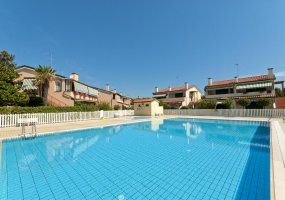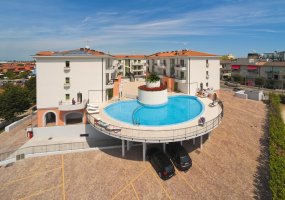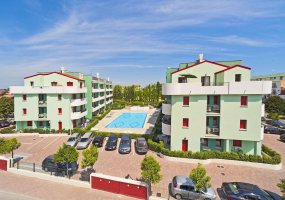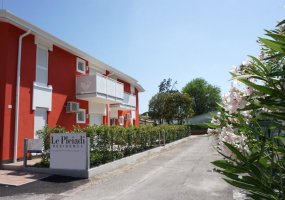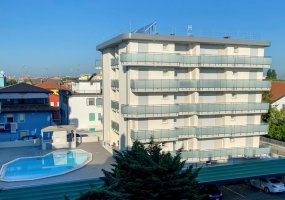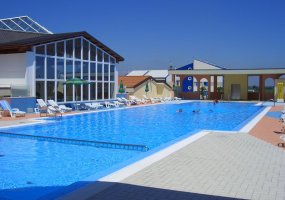While continuing to preserve the characteristics of the ancient original fishing village with its traditions and typicality, Caorle is today one of the most popular tourist destinations in the Upper Adriatic.
The ancient name "Caprulae", as reported by the historian Trino Bottani in his book "Essay of history of the city of Caorle" of 1811, stemmed from an ancient forest that existed in ancient times in Caorle, where many wild goats lived and grazed . Other sources stemmed it from the cult of the pagan goddess "Capris".
Finally, someone hypotheses that as Caprularum and Caprulae are the diminutive of the Latin term “capra”, with the addition of the suffix “ulus” the toponym refers to the geographic conformation of the territory that vaguely reminds the horns of a goat.
It is however certain, thanks to the numerous findings both in the city and in the hinterland, that the origins of Caorle can be traced back to the Roman era when near the current Port of Falconera there was the Portus Reatinium, point of an exchange point for ships that used to go up the Lemene river to the Roman cities of Julia Concordia (Concordia Sagittaria) and Opitergium (Oderzo).

